Name SS Ångermanelfven Name SS Baychimo Length 70 m Weight 1,322 tons | Yard number 420 Launched 1914 | |
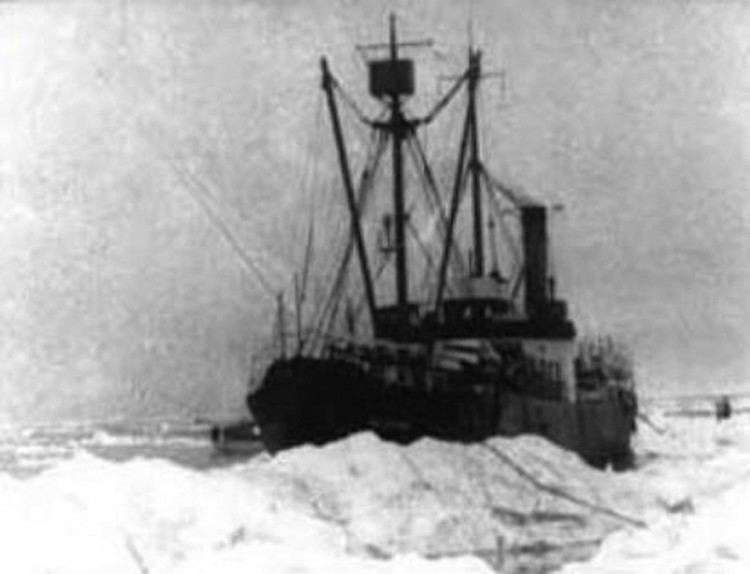 | ||
Builder Lindholmens Mek. Verks. A/B | ||
SS Baychimo was a steel-hulled 1,322 ton cargo steamer built in 1914 in Sweden and owned by the Hudson's Bay Company, used to trade provisions for pelts in Inuit settlements along the Victoria Island coast of the Northwest Territories of Canada. She became a notable ghost ship along the Alaska coast, being abandoned in 1931 and seen numerous times since then until her last sighting in 1969.
Contents
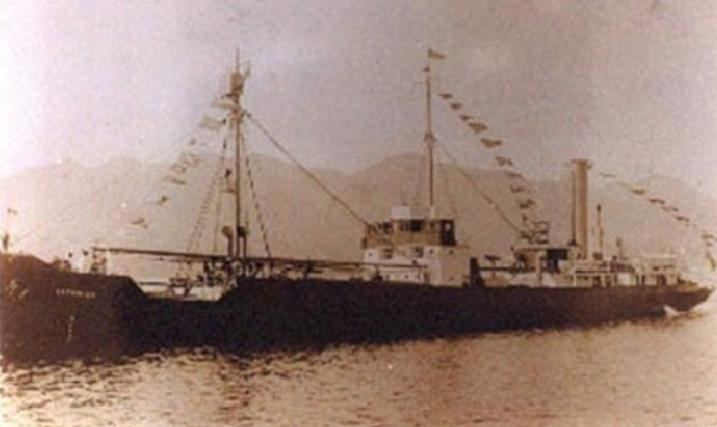
Early history
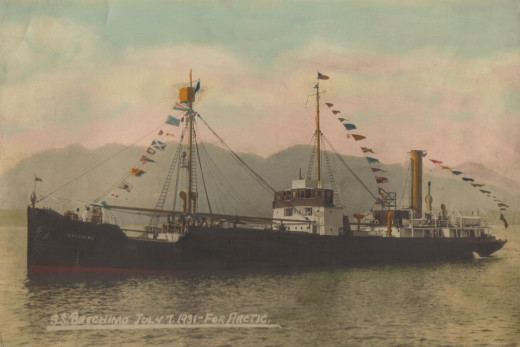
Baychimo was launched in 1914 as Ångermanelfven (Yard No 420) by the Lindholmens shipyard (Lindholmens Mekaniska Verkstad A/B) in Gothenburg, Sweden, for the Baltische Reederei GmbH of Hamburg. She was 230 ft (70.1 m) long, powered by a triple expansion steam engine and had a speed of 10 kn (19 km/h; 12 mph). Ångermanelfven (named after Swedish river Ångerman) was used on trading routes between Hamburg and Sweden until the First World War began in August 1914. After World War I, she was transferred to the United Kingdom as part of Germany's reparations for shipping losses and was acquired by the Hudson's Bay Company in 1921. Renamed Baychimo and based in Ardrossan, Scotland, she completed nine successful voyages along the north coast of Canada, visiting trading posts and collecting pelts.
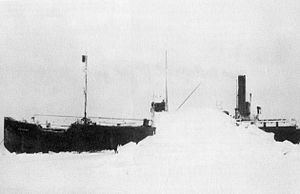
On 21 July 1927, Baychimo ran aground off Pole Island in Camden Bay on the north coast of the Territory of Alaska. She was refloated the next day.
Abandonment
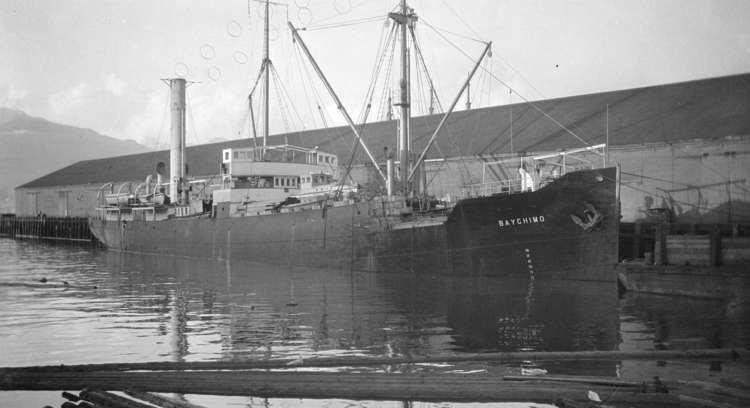
On 1 October 1931, at the end of a trading run and loaded with a cargo of fur, Baychimo became trapped in pack ice. The crew briefly abandoned the ship, travelling over a half-mile of ice to the town of Barrow to take shelter for two days, but the ship had broken free of the ice by the time the crew returned. The ship became mired again on October 8, more thoroughly this time, and on 15 October the Hudson's Bay Company sent aircraft to retrieve 22 of the crew; 15 men remained behind. Intending to wait out the winter if necessary, they constructed a wooden shelter some distance away. On 24 November a powerful blizzard struck, and after it abated there was no sign of Baychimo. Her captain decided she must have broken up during the storm and been sunk. A few days later, however, an Inuit seal hunter told him that he had seen Baychimo about 45 mi (72 km) away from their position. The crewmen tracked the ship down, but deciding she was unlikely to survive the winter, they removed the most valuable furs from the hold to transport by air. Baychimo was abandoned.
Ghost ship
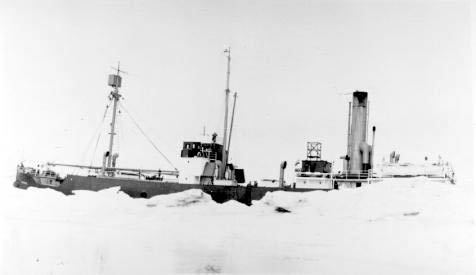
Surprisingly, Baychimo did not sink, and over the next few decades she was sighted numerous times. People managed to board her several times, but each time they were either unequipped to salvage her or were driven away by bad weather. The last recorded sighting was by a group of Inuit in 1969, 38 years after she was abandoned. She was stuck fast in the pack ice of the Beaufort Sea between Point Barrow and Icy Cape, in the Chukchi Sea off the northwestern Alaskan coast. Baychimo's ultimate fate is unknown. If she has indeed sunk, her final resting place has yet to be found.
Sightings
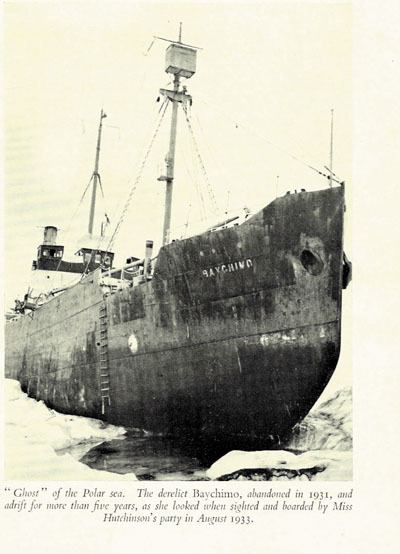
In education
"Alaska's Phantom Ship", an article about the vessel, was printed in the textbook Galaxies (Houghton Mifflin: Boston, 1971, 1974 p. 180.)
